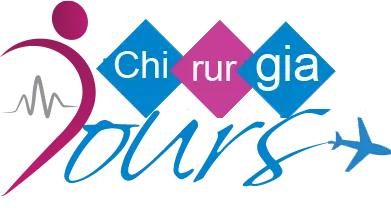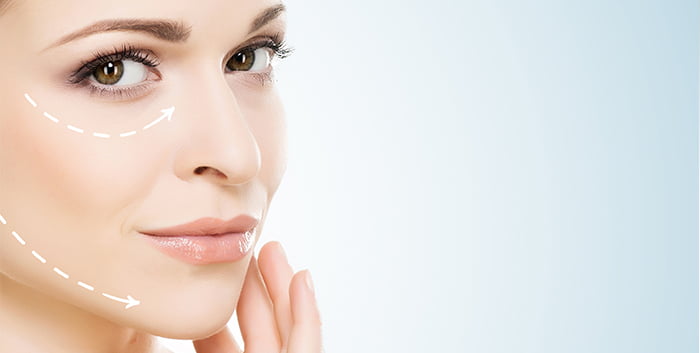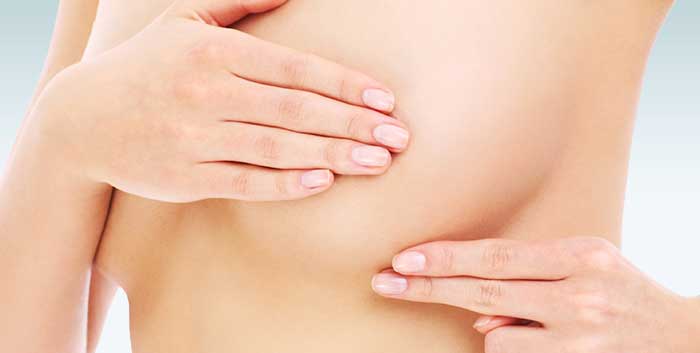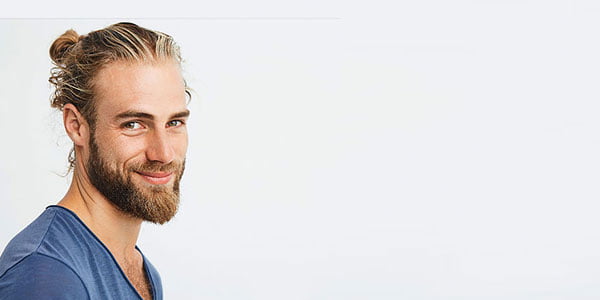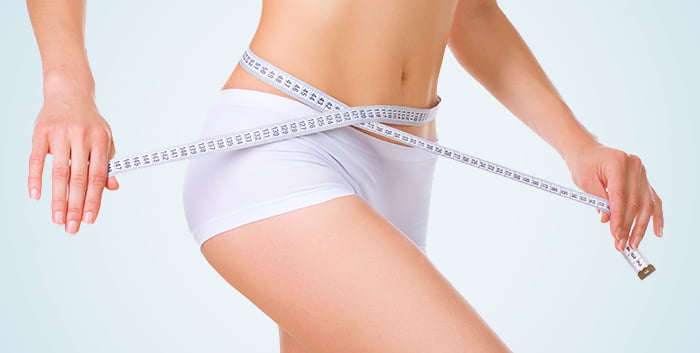Abdominoplasty, also known as ” abdominoplasty “, aims to improve the shape and general appearance of the abdominal area. The operation consists of removing excess fat and skin sagging in order to improve the shape and tone of underlying tissues that keep the fat and the skin. This surgical procedure can be either cosmetic or reconstructive.
The goal of a tummy tuck is to remove the excess skin (loose skin) and the excess adipose (fat) at the level of the abdominal muscles and to repair the separation of the muscle great right. The intervention can be very effective to reduce the size of the lobes caused by excess skin, fat, and sagging of the abdominal muscles.
The result of this operation : a flat stomach, firmer and more harmonious.
More and more people are opting for interventions plasty restorative belly in Tunisia.
Once this is done, the surgery of the stomach can redraw the abdomen and gives it a toned and taut. The patient wears a silhouette thinner and re-sculpted
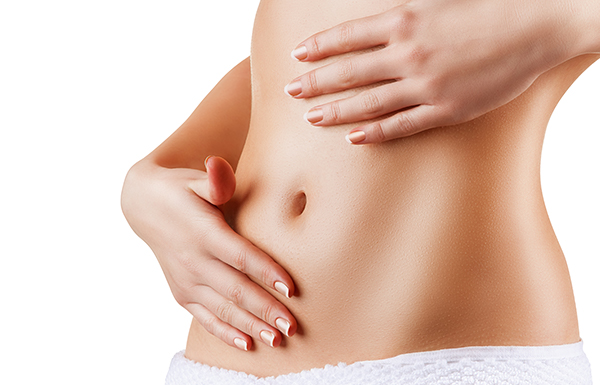
Table of Contents
ToggleThe indication to the abdominoplasty :
The tummy tuck is a procedure that is highly custom and may not be appropriate for everyone. The diagnosis of the surgeon plastic surgeon specializing in surgery of the silhouette is oblogatoire to be able to make an informed decision.
Contraindications to the abdominoplasty :
Patients who are not able to undergo anesthesia, those who have problems with blood clotting or wound healing present too high a risk of surgical complications and the surgery may not be appropriate in this case.
Anesthesia :
the tummy tuck is generally performed under general anesthesia
Your anaesthetist will ask you for a blood prior to the operation to avoid any contraindication to anesthesia and to check for the presence of allergy to any component of anesthesia.
In order to limit the adverse effects and the risk of complications, it is necessary that the patient spends two to three nights at the clinic to ensure the best monitoring post-operative as possible.
End of the surgery : sutures , bandages and scars :
A first suture will be located at the level of the lower abdomen, so that it can be hidden in the natural folds of the skin in the groin area. The resulting scar can be covered by a slip or a swimsuit.
A second scar much more discreet, will be located at the level of the navel.
One or two drains aspiratifs can be placed after the intervention, and will remain for 48-72 h, allowing to collect liquid and residual blood.
At the end of the procedure, a bandage will be applied and changed as necessary during the period of hospitalization.
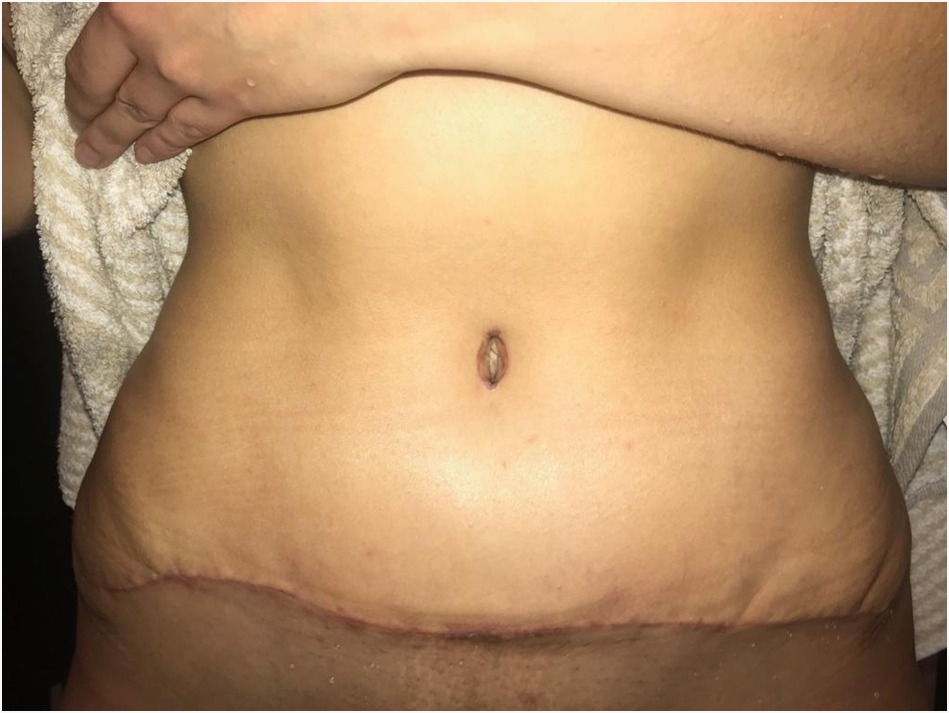
The risks and complications associated with abdominoplasty
Modern surgery is generally safe, but the risk zero does not exist. Any surgery can have risks and complications.
The risks and complications associated with a tummy tuck may be the following :
Wound Infection (antibiotic therapy may be prescribed by your surgeon).
Pain and discomfort around the incisions (friction –burns –redness)
Hematoma (an accumulation of blood around the surgical site, which will require drainage)
Visible scars and prominent, including keloid scars and hypertrophic. It is scars that are red and thick that can be formed on the wounds healed. They can cause itching, and they can be annoying and unsightly.
Numbness around the site operated. In most cases, this sensation is temporary and will improve with time.
Necrosis
The difficulty of getting lean forward because of the stretched skin.
Excessive Accumulation of fluid under the skin (Lymph) around the site operated, which may require a puncture.
Decrease in hemoglobin levels following a loss of blood while, in this case a transfusion may be necessary
A blood clot in a leg or chest (deep vein thrombosis), which will require additional treatment. It is rare that a clot travels to the lungs, and put the life in danger.
Nausea (generally due to the anaesthetic, but calmed down quickly).
Consequences of the common abdominoplasty
- The presence of pain at the level of the abdominal wall that usually go away at the end of 48 h. In the case where the patient has had recourse to in the treatment of muscle relaxation, pain can be spread over a longer period of time.
- The presence of a certain amount of discomfort somewhat unpleasant during the period of healing of the tension that is exerted on the banks of the suture.
- General fatigue is a transient is felt in the first two days
- Like any surgical procedure, thetummy tuckcan involve complications, however, be minimal and rare. The surgeon will discuss this with you in detail during the consultation.
Follow-Up Postoperative
D+1 :
The patient will be put under anticoagulant treatment so as to avoid any risk thrombœmbolique.
The surgeon removes the dressing after 48 to 72 hours at the same time that the drains. The dressing is replaced by a sheath of contention that must be worn by the patient of the day or night for a period of 6 to 8 weeks
It checks for the absence of bleeding and infection at the level of the wound.
After the return :
The surgeon will naturally listen to you even when you get home, he will be ahead of your followed throughout your recovery period.
Precautions :
The patient will have to take a rest period ranging between 12 and 15 days. Beyond this period, any sudden movements or intensive should be avoided. The sporting activity, should not be resumed gradually as 6 to 8 weeks after the intervention.
Result of a tummy tuck :
The patient can observe himself the first results from the removal of the dressing.
The swelling will begin to fade after 2 to 3 months
, The scars are longer to fade. It will be necessary to wait a period of 6 to 12 months. They do not disappear completely when the technique of placing them in places that can be hidden by clothing.
The abdominopplastie brings a real aesthetic improvement to the patient t, and also allows him to give a better image of himself.
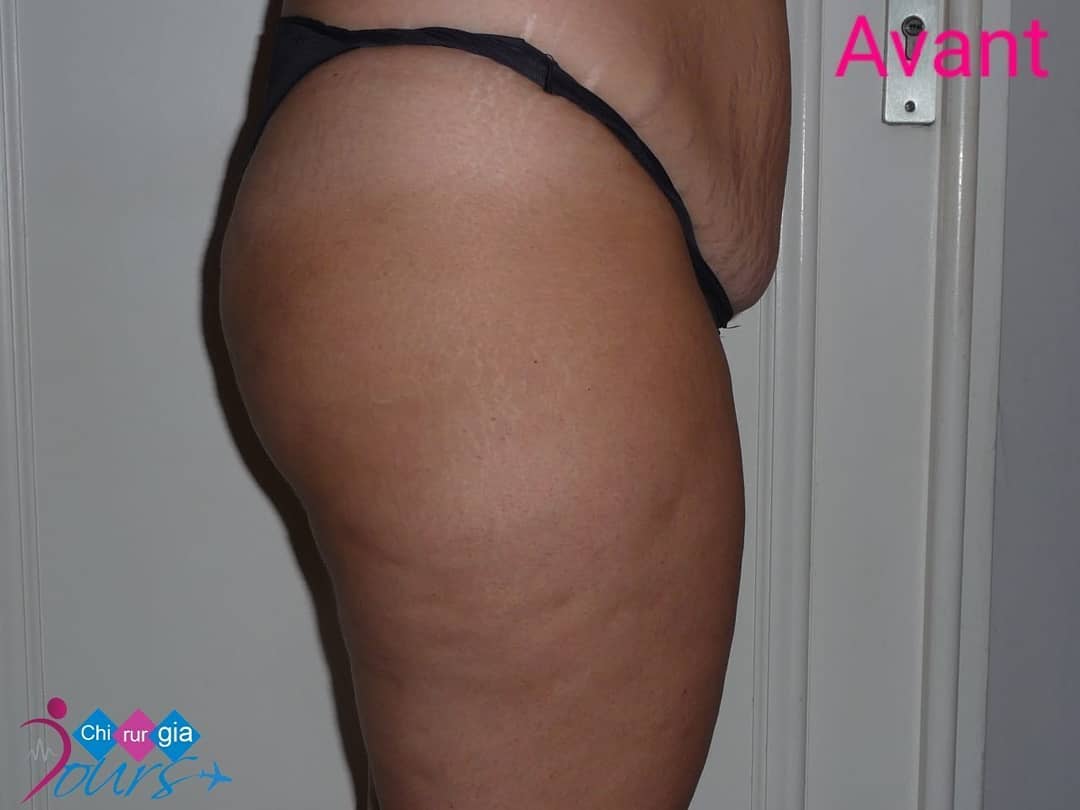

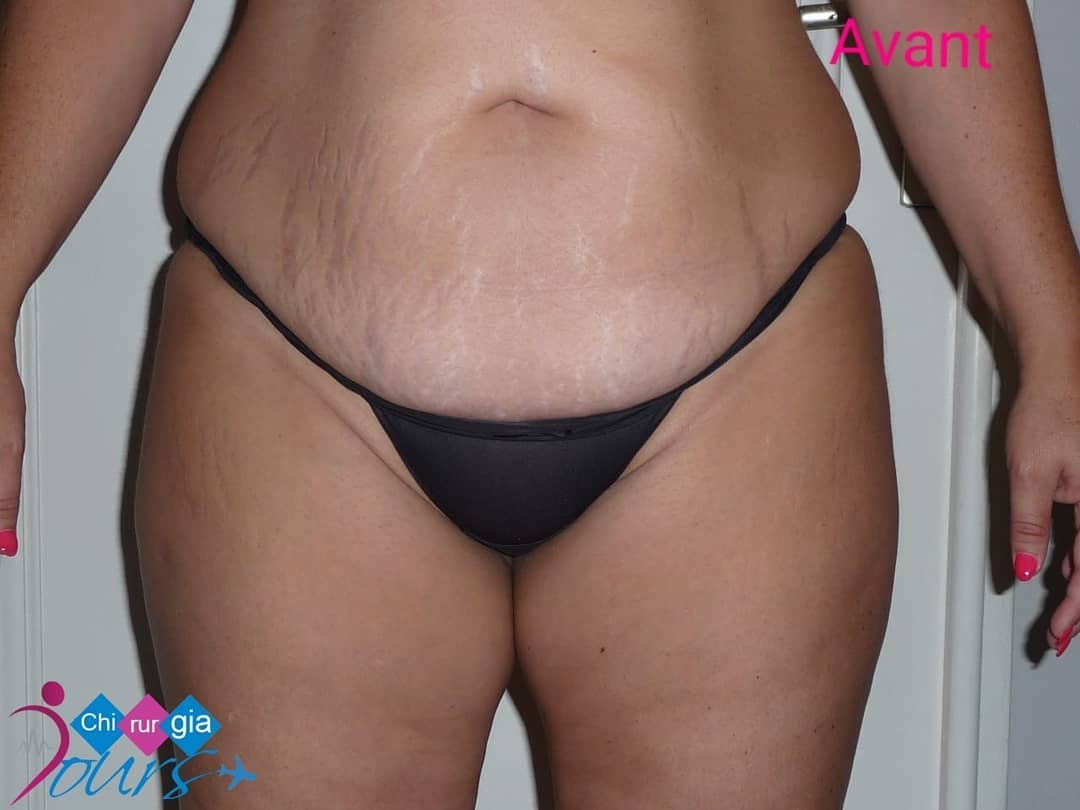
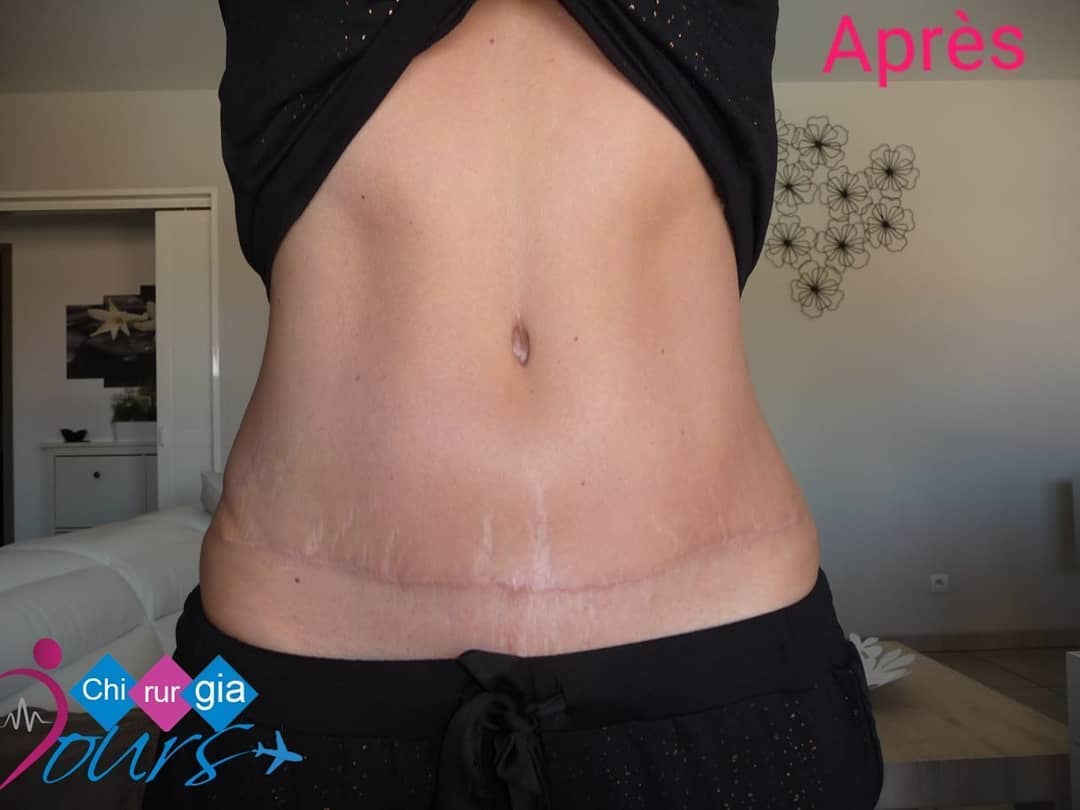
Chirurgia Towers answers to your most frequently asked questions:
u003cpu003eLa chirurgie bariatrique et la chirurgie réparatrice sont deux types de chirurgie qui peuvent être liés dans le cadre de la prise en charge de l’obésité. La chirurgie bariatrique est une chirurgie qui vise à réduire le poids et les comorbidités des patients atteints d’obésité sévère ou morbide, en modifiant l’anatomie du tube digestif. La chirurgie réparatrice est une chirurgie qui vise à corriger les excès de peau et les déformations qui peuvent apparaître après une perte de poids importante, que ce soit suite à une chirurgie bariatrique ou à un régime alimentaire. Elle peut être pratiquée sur différentes zones du corps, comme l’abdomen, les bras, les cuisses ou la poitrine. La chirurgie réparatrice n’est pas seulement esthétique, elle peut aussi améliorer le confort et la qualité de vie des patients, en évitant les infections cutanées, les irritations ou les douleurs. La chirurgie réparatrice est possible après stabilisation du poids, généralement 12 à 18 mois après la chirurgie bariatrique, en l’absence de dénutrition ouu003c/pu003en
u003cpu003eLe diastasis des muscles grands droits est une séparation anormale des deux parties du muscle droit de l’abdomen, qui se situe de part et d’autre de la ligne blanche. Il peut être causé par une grossesse, une prise de poids importante ou un relâchement musculaire. Il se manifeste par une saillie du ventre, surtout lors d’un effort, et peut entraîner des douleurs ou des troubles de la posture. Le traitement du diastasis dépend de sa sévérité et de ses conséquences. Il peut être corrigé par une opération de chirurgie plastique, appelée abdominoplastie, qui consiste à replier la ligne blanche et coudre ensemble les muscles grands droits. Cette intervention permet aussi d’enlever l’excès de peau et de graisse du ventre.u003c/pu003en
u003cpu003eL’abdominoplastie après une chirurgie bariatrique présente plusieurs particularités par rapport à une abdominoplastie classique. Tout d’abord, il faut attendre au moins un an après la perte de poids pour que celle-ci soit stabilisée et que le patient présente un bon équilibre nutritionnel. Il faut aussi que le patient arrête de fumer au moins pendant la période périopératoire, car le tabac retarde la cicatrisation. Ensuite, il faut savoir que l’abdominoplastie après une chirurgie bariatrique est considérée comme réparatrice et non esthétique. Elle est donc prise en charge par la sécurité sociale sous certaines conditions. Enfin, il faut être conscient que l’abdominoplastie après une chirurgie bariatrique est une intervention lourde, qui nécessite une anesthésie générale, une hospitalisation de quelques jours, et qui comporte des risques de complications comme des saignements, des infections, des hématomes, des nécroses cutanées ou des phlébites.u003c/pu003enu003cpu003eL’abdominoplastie après une chirurgie bariatrique est donc une solution efficace pour retrouver un ventre plat et harmonieux après avoir perdu beaucoup de poids. Elle permet d’améliorer le confort physique et psychologique du patient, ainsi que sa qualité de vie.u003c/pu003en
u003cpu003eL’abdominoplastie chez l’homme est une intervention de chirurgie esthétique qui vise à améliorer l’aspect du ventre et de la paroi abdominale. Elle s’adresse aux hommes qui présentent un excès de peau, de graisse ou un relâchement musculaire au niveau de l’abdomen, souvent après un amaigrissement important ou une chirurgie de l’obésité. Les particularités de l’abdominoplastie chez l’homme sont les suivantes :u003c/pu003enu003cpu003eL’intervention doit respecter les critères esthétiques masculins, en évitant de créer une taille trop marquée ou un nombril trop creusé.u003c/pu003enu003cpu003eL’intervention doit tenir compte de la pilosité pubienne et abdominale, en plaçant les cicatrices de façon à les camoufler au mieux.u003c/pu003enu003cpu003eL’intervention doit être adaptée à la morphologie et à la répartition graisseuse de chaque homme, en combinant si besoin une liposuccion des zones adjacentes (poignées d’amour, thorax, flancs).u003c/pu003enu003cpu003eL’intervention doit permettre de retrouver un confort musculaire et fonctionnel, en resserrant les muscles grands droits de l’abdomen qui peuvent être écartés (diastasis).u003c/pu003en
u003cpu003eL’avantage de la technique de la haute tension supérieure en abdominoplastie est qu’elle permet d’obtenir un ventre plus plat et plus ferme, avec des cicatrices plus discrètes et des suites opératoires plus légères. Cette technique consiste à répartir les tensions sur la peau abdominale lorsqu’elle est drapée vers le bas, et à la fixer aux muscles par des sutures internes. Ainsi, les tensions sont moins importantes au niveau de la cicatrice basse et du nombril, ce qui réduit les risques de saignement, de nécrose ou d’élargissement cicatriciel. Les tensions sont plus fortes de part et d’autre du nombril, ce qui permet de sublimer les reliefs musculaires et d’obtenir un nombril naturel. Cette technique offre des résultats durables et harmonieux, avec un creusement au niveau de l’estomac et une remise en tension de toute la paroi abdominale.u003c/pu003en
u003cpu003eL’abdominoplastie est une opération de chirurgie esthétique ou réparatrice du ventre qui permet de supprimer l’excès de peau et de graisse au niveau de l’abdomen, ainsi que de renforcer la paroi musculaire. Après une grossesse, il est conseillé d’attendre entre 6 mois et 1 an avant d’envisager cette intervention, afin de laisser le temps aux tissus de se rétablir et de retrouver son poids initial. Il est également préférable de réaliser cette opération après avoir terminé ses grossesses, car une nouvelle grossesse peut altérer les résultats esthétiques obtenus.u003c/pu003en
u003cpu003eLes cicatrices laissées par une abdominoplastie dépendent de la technique utilisée et de l’importance de l’excès de peau et de graisse à retirer. Il existe deux types principaux de cicatrices après une abdominoplastie : une cicatrice transversale sus-pubienne qui s’étend d’une hanche à l’autre au-dessus du pubis et qui peut être cachée par les sous-vêtements ou le maillot de bain, et une cicatrice circulaire péri-ombilicale qui entoure le nombril et qui est faite pour repositionner l’ombilic à travers un nouvel orifice. Cette dernière cicatrice n’est pas présente dans le cas d’une mini- lift abdominale qui ne concerne que la partie basse du ventre. Les cicatrices sont généralement fines et linéaires, mais elles peuvent être rouges et dures pendant les premiers mois avant de s’atténuer progressivement au bout d’un an ou plus. Il existe des traitements pour améliorer l’aspect des cicatrices, comme les massages, les crèmes, les pansements siliconés ou les injections de corticoïdes.u003c/pu003en
u003cpu003eL’abdominoplastie est une intervention de chirurgie esthétique ou réparatrice du ventre qui comporte des risques et des complications possibles, comme toute opération chirurgicale. Parmi les risques liés à l’anesthésie générale, on peut citer le risque d’inhalation, de nausées, de vomissements, de compressions nerveuses, d’allergies ou d’hypothermie. Parmi les risques liés à l’intervention, il y a les complications thrombo-emboliques (phlébite et embolie pulmonaire), les hématomes, les infections, les lymphorrhées (épanchement lymphatique) ou les troubles de la cicatrisation. Parmi les complications post-opératoires, on peut citer les nécroses cutanées, les troubles de la sensibilité, les cicatrices hypertrophiques ou chéloïdes. Ces risques et complications sont rares et peuvent être prévenus ou traités par des mesures adaptées. Il est important de respecter les consignes du chirurgien avant et après l’opération, ainsi que le suivi post-opératoire.u003c/pu003en
u003cpu003ePour obtenir un ventre plat, il existe deux types d’interventions de chirurgie esthétique : la liposuccion et la plastie abdominale. La liposuccion consiste à aspirer les excès de graisse localisés au niveau de l’abdomen, à l’aide de fines canules introduites sous la peau. La plastie abdominale consiste à retirer la peau relâchée ou abîmée au niveau du ventre, ainsi qu’à renforcer la paroi musculaire si nécessaire. Le choix entre ces deux interventions dépend de la qualité de la peau, de l’importance de la surcharge graisseuse et du résultat souhaité. La liposuccion est indiquée pour les personnes qui ont une peau élastique et ferme, sans excès cutané ni vergetures, et qui veulent se débarrasser des amas graisseux résistants aux régimes et au sport. La plastie abdominale est indiquée pour les personnes qui ont une peau distendue, flasque ou vergeturée, avec un relâchement musculaire ou une hernie ombilicale, et qui veulent retrouver un ventre plus tonique et plus ferme. La liposuccion laisse un ventre plus plat, avec moins de graisse autour de la section médiane, tandis qu’une plastie abdominale crée un abdomen plus tonique et plus ferme. Si vous cherchez à vous débarrasser du relâchement cutané et de la graisse, tout en renforçant votre paroi abdominale, une plastie abdominale peut être une bonne indication pour vous.u003c/pu003en
u003cpu003eAprès une abdominoplastie , il faut s’attendre à ressentir des douleurs pendant quelques jours, surtout si les muscles abdominaux ont été rapprochés. Ces douleurs seront soulagées par des médicaments antalgiques prescrits par le chirurgien. Il faut aussi porter une gaine de contention pendant plusieurs semaines pour maintenir le ventre et éviter les complications. La cicatrice doit être protégée du soleil et des frottements pendant au moins six mois pour favoriser sa bonne cicatrisationu003c/pu003en
u003cpu003eLa reprise du sport après une abdominoplastie dépend de plusieurs facteurs, comme le type d’intervention réalisée, l’état de santé du patient, le type de sport pratiqué et le rythme souhaité. En général, il faut respecter un délai minimal d’un mois avant de reprendre une activité physique légère et progressive, comme la marche, la course à pied ou la natation. Ce délai permet à la cicatrisation de se faire correctement, aux œdèmes de se résorber et aux tissus et aux muscles de se stabiliser. Si le patient souhaite pratiquer un sport plus intense ou plus violent pour le corps, comme le vélo, l’aérobic, la musculation ou les sports de combat, il faudra attendre au moins un mois et demi ou deux mois, voire plus selon les cas. Il faudra toujours demander l’avis du chirurgien avant de reprendre le sport et suivre ses recommandations à la lettre.u003c/pu003en
u003cpu003eLe mini-lift abdominal est une opération de chirurgie esthétique qui vise à retendre la peau et la graisse du bas ventre, sous le nombril. Il s’agit d’une intervention plus légère qu’une abdominoplastie classique, qui concerne tout le ventre et nécessite de déplacer le nombril. Le mini-lift abdominal n’est pas pris en charge par la Sécurité Sociale, sauf en cas de présence d’un tablier abdominal (le ventre recouvrant le pubis) ou d’une hernie (une issue d’organe à travers la paroi abdominale). Dans ces cas, il faut demander une entente préalable à l’Assurance Maladie. Sinon, le mini-lift abdominal est considéré comme une opération purement esthétique et son coût varie selon les cliniques et les chirurgiens.u003c/pu003en
u003cpu003eL’abdominoplastie peut être effectuée par des raisons esthétiques ou réparatrices. Selon les cas, elle peut être prise en charge ou non par la sécurité sociale. En effet, l’abdominoplastie est remboursée par la sécurité sociale à condition que le surplus de peau recouvre tout ou partie du pubis. Il faut alors faire une demande d’entente préalable auprès de l’Assurance Maladie pour obtenir son accord. Si l’opération n’a qu’un but esthétique, elle n’est pas prise en charge et reste à la charge du patient. Il est possible de souscrire une mutuelle santé qui rembourse tout ou partie des frais liés à la chirurgie esthétique, selon les garanties choisies.u003c/pu003en
u003cpu003eLa perte de poids après une abdominoplastie peut varier d’un patient à l’autre, mais elle est généralement comprise entre 3 et 10 kilos. Cette perte de poids dépend du volume de peau et de graisse retirés lors de l’opération, ainsi que de la liposuccion éventuellement associée. Les patients peuvent aussi remarquer une différence dans la taille et la forme de leur abdomen. Il faut toutefois savoir que l’abdominoplastie n’est pas une solution miracle pour lutter contre l’obésité. Il faut avoir une perte de poids stabilisée avant de subir l’intervention, et maintenir une hygiène de vie saine après pour éviter une reprise de poids qui pourrait altérer les résultats.u003c/pu003en
